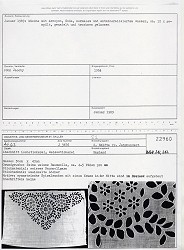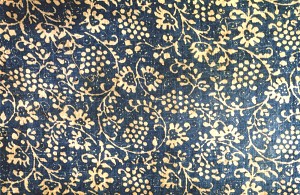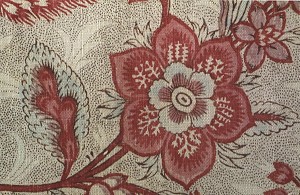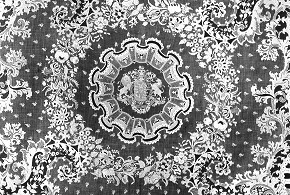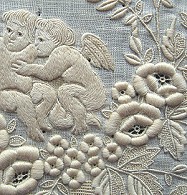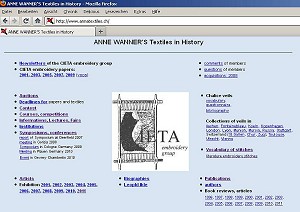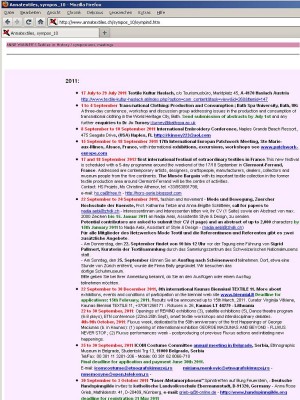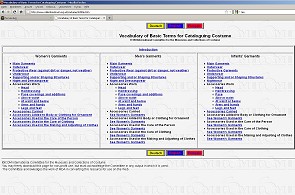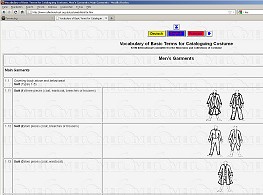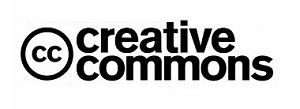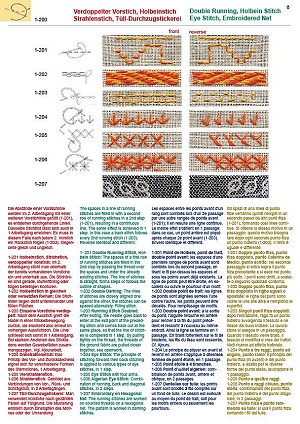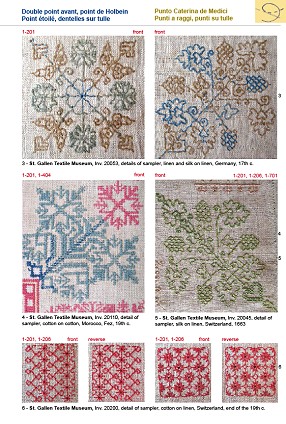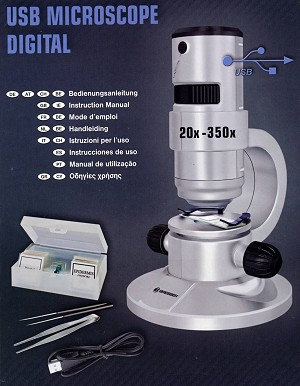In Switzerland I took courses in weaving, in dying cloth and I also spent some time in a school for weaving in Finland.
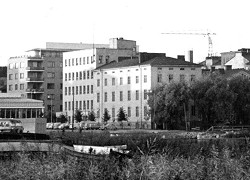
Weaving school in Hämeenlinna, Finland, in the year 1961
Later on I was accepted as a student in the Abegg foundation in Riggisberg to study textile restoration. At that time the institute of Riggisberg was not yet built and the foundation had its seat in the Historic Museum in Berne. I then worked in several Swiss Museums. For instance I cleaned and repaired old flags at Rätisches Museum in Chur, in the canton of Grisons.
I then studied art history at Swiss Universities of Zurich, Berne, Basle and finished my studies with a thesis on "Printed Textiles in Switzerland from 17th to 19th c." Together with the text I worked out a catalogue of all printed fabrics preserved in Swiss museums.
After some
family years and after some years of living in foreign
countries, I started to work in the Textile Museum of
St.Gallen, Switzerland. During the 20 years engagement in
this museum I was responsible for historic embroideries.
Among activities such as restoration of textiles,
exhibitions, publications, I was engaged in the documentation
of embroideries.
Together with a colleague who worked on lace, I set up an
inventory of the museum collection. We
photographed every object, studied and described them
accurately. Inventory cards for each object in these
early years were written with typewriter and on paper.
Only in the last years of my activity the computer was
integrated.
As a basis we used the catalogue of the Iklé collection
of 1908 and a typewritten catalogue of the Jacoby
collection by Marie Schuette. I also had to develop a
kind of a thesaurus in order to describe the same things
always with the same terms. And this was the start of my
interest in a structure of embroidery stitches.
